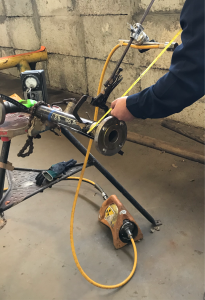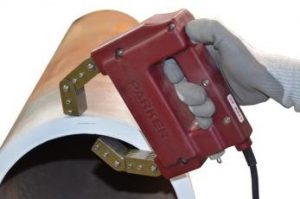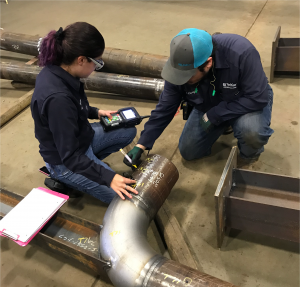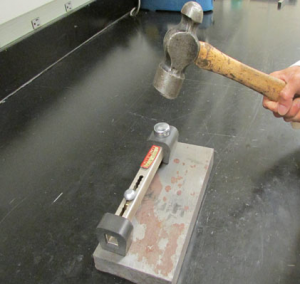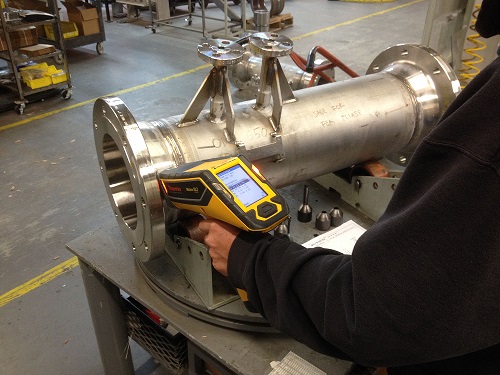TechCorr operates ~150 mobile NDE laboratories with experienced technicians qualified in accordance with ASNT (American Society of Non-Destructive Testing). A typical mobile laboratory is equipped with personnel and equipment able to execute nearly all conventional NDE techniques including but not limited to Radiography (RT), Magnetic Particle Testing (MT), Dye Penetrant Testing (PT), Ultrasonic Thickness Testing (UTT) and Positive Material Identification (PMI).
Contact TechCorr for your construction, fabrication or exploratory inspection project.

